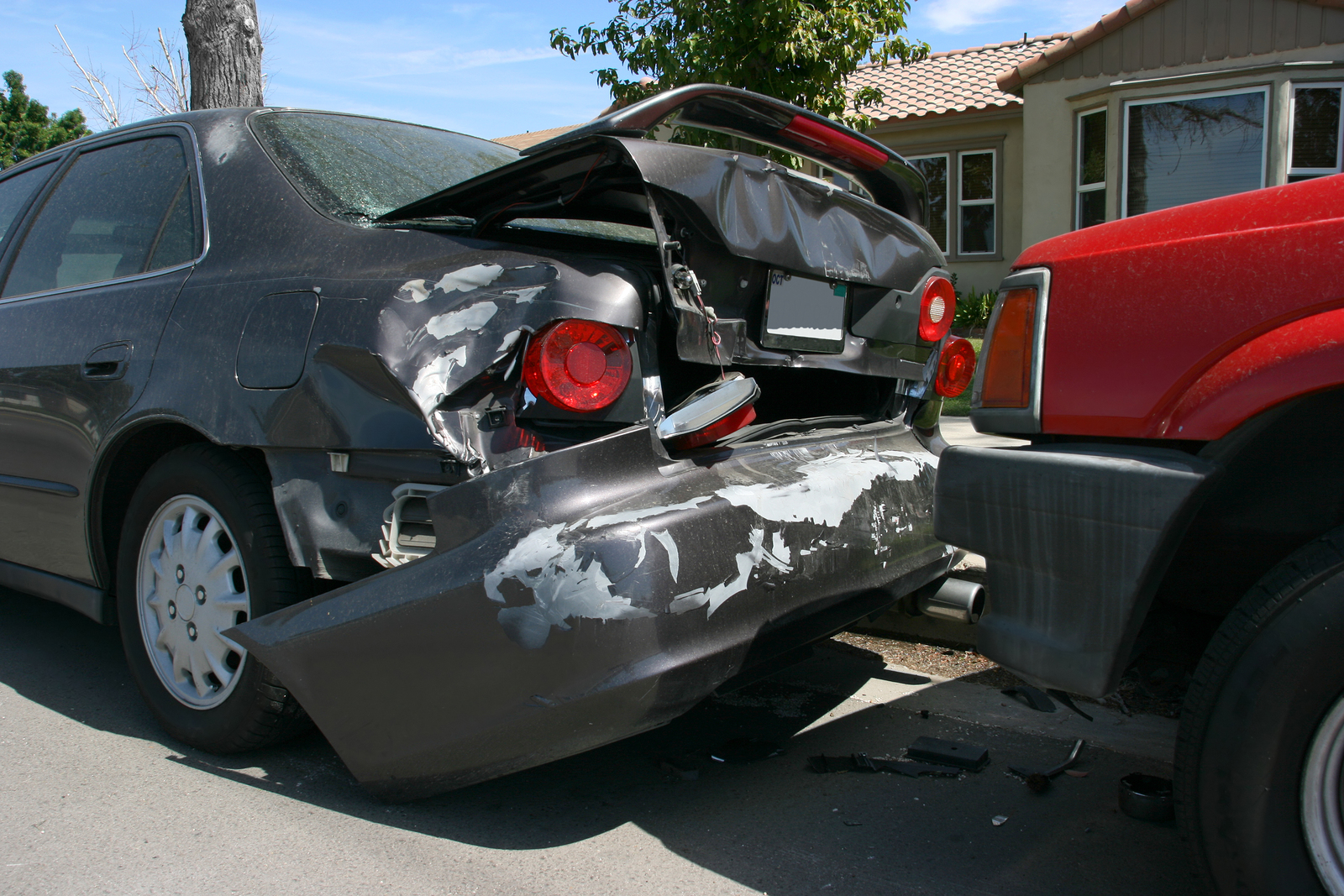
The Georgia Governor’s Office of Highway Safety estimates almost 145,000 traffic accidents on Georgia’s roads and highways in their most recent yearly report, including about 1,500 fatalities and more than 140,000 injuries. Almost 40,000 accidents occurred in Gwinnett County, which resulted in 13,535 injuries and 66 fatalities.
Many different situations might lead to a car accident, but the vast majority of accidents are preventable. Broadly speaking, driver error, mechanical malfunctions, and environmental conditions cause the most car accidents. Taking the time to understand different types of car accidents and what causes them to occur can help you avoid causing an accident or falling victim to one. Below you will find in-depth explanations of types of car accidents and their causes.
If you or a loved one has suffered harm as a result of a car accident, Georgia law entitles you to seek compensation for damages in civil court. An auto crash attorney can discuss the circumstances surrounding your car accident and determine the best course of action for your situation.
1. Head-On Collisions
The National Highway Transportation Safety Association (NHTSA) estimates head-on collisions make up less than three percent of all traffic collisions. While they are not the most common type of car accident, they often result in severe injury or fatality when they occur. A head-on collision can happen when distracted or impaired drivers cross over the center line into oncoming traffic, go the wrong direction on a one-way street, or confuse entrance and exit ramps to highways and interstates. The most severe head-on collisions occur at high speeds causing more property damage and a higher likelihood of fatality.
2. Rear-end Collisions
According to the NHTSA, rear-end collisions comprise 33 percent of all traffic accidents across the nation, which is over two million crashes, making them the most common type of car accident. The heavy traffic in the Atlanta area suggests the rate of rear-end collisions in Gwinnett County might be higher than in other places in Georgia and across the nation. Determining liability after a traffic accident can be a difficult task for investigators, lawyers, insurance companies, and the court. Yet, when a rear-end collision occurs, the lead driver is rarely at fault. Causes for rear-end collisions include drivers who are distracted by cell phones, passengers, reaching for things in their car, or other distractions; drivers who follow too closely in heavy traffic; drivers who are under the influence of a controlled substance; and, drivers who are driving to fast for weather conditions. Brake failure might also lead to a rear-end collision, which might be a result of poor maintenance or defective brake pads.
3. Angle Collisions
Angle collisions go by many different names—including side-impact collisions, T-bones, and broadside collisions. An angle collision occurs on the side of a vehicle, most often occurs at intersections. They are the most common type of car accident after rear-end collisions, according to the NHTSA, and they are among the most dangerous of all traffic accidents. Angle collisions are more likely to lead to severe injuries and fatalities, especially for occupants in the back seat of the vehicle who aren’t protected by the same safety technology found in the front of the vehicle. An angle collision might occur when a driver runs a traffic signal or sign and strikes another vehicle, or enters flowing traffic so another car hits them. Malfunctioning signals, fallen stop signs, and drivers who try to speed through a yellow light before it turns red might also lead to a dangerous angle collision.
4. Sideswipe Collisions
The NHTSA estimates sideswipe collisions account for a little more than 12 percent of all car accidents across the United States. Many different scenarios might lead to one car sideswiping another. Heavy rain or hail causing poor visibility might lead to a sideswipe accident, but they also happen on clear days. Drivers who are distracted by texting, personal grooming, or adjusting their radio might sideswipe another car, as well as those who are driving under the influence of illegal drugs, alcohol, or prescription medication. Distracted and impaired driving can cause a driver to swerve into another lane and cause a car accident. Sideswipe accidents are especially common around semi-trucks that have massive blind spots extending outward and backward from both sides. Motorists who ride in blind spots are at risk for a sideswipe accident when truck drivers cannot see them and don’t take the time to clear their blind spots when changing lanes or making a turn.
5. Multi-Vehicle Collisions
A multi-vehicle accident is the result of a chain reaction that began with one hazard or accident. Many road hazards and events can lead to multi-car pileups or collisions. In some cases, it might be as simple as a rear-end collision in heavy traffic. If cars are following each other too closely, multiple rear-end crashes might occur. Other examples of multi-car accidents include cars trying to avoid cargo spillage from a large truck, drivers who had a heart attack, stroke, or other medical emergency and swerve into traffic, or a mechanical failure causing a driver to lose control of their vehicle. Multi-car collisions can be serious, especially when they occur at high speeds on an interstate or highway; those who are lucky enough to survive often suffer serious injuries.
Contact a Car Accident Attorney for More Information
If you or a loved one has sustained injuries in a car accident, contact an auto accident lawyer who offers a free consultation to discuss the details of your accident, determine your eligibility for compensation, and decide the best course of action for your particular circumstances. You will want to contact a personal injury lawyer who takes cases on a contingency fee basis, collecting attorney fees from any money you receive in the form of a settlement or verdict in your favor. Act quickly—Georgia law requires you to take legal action within two years from the date of your accident.














